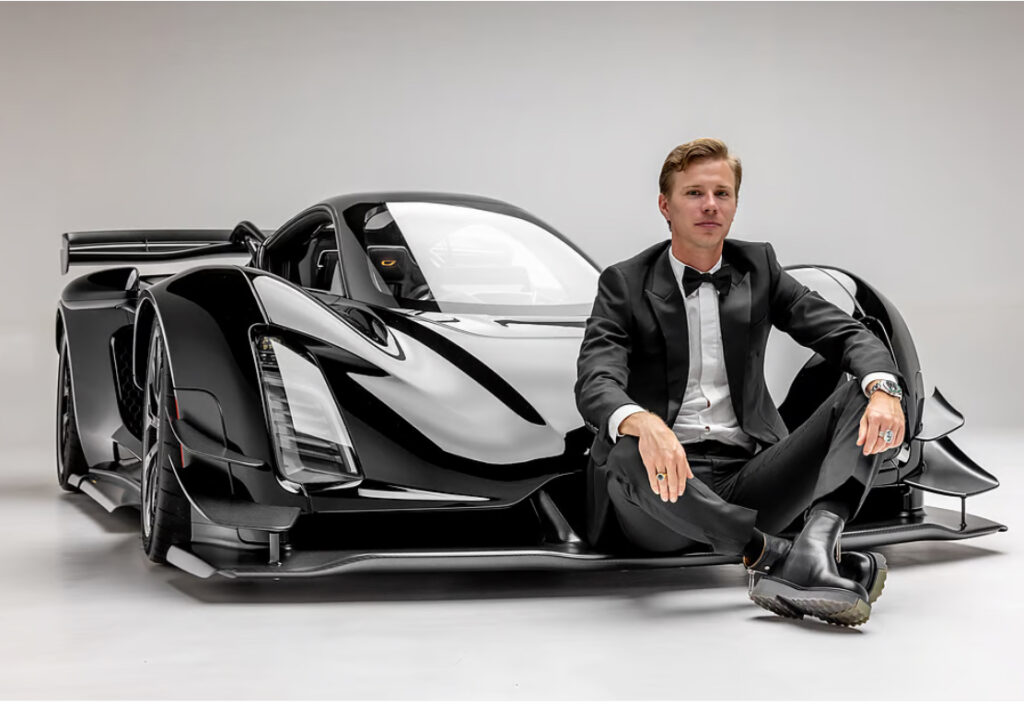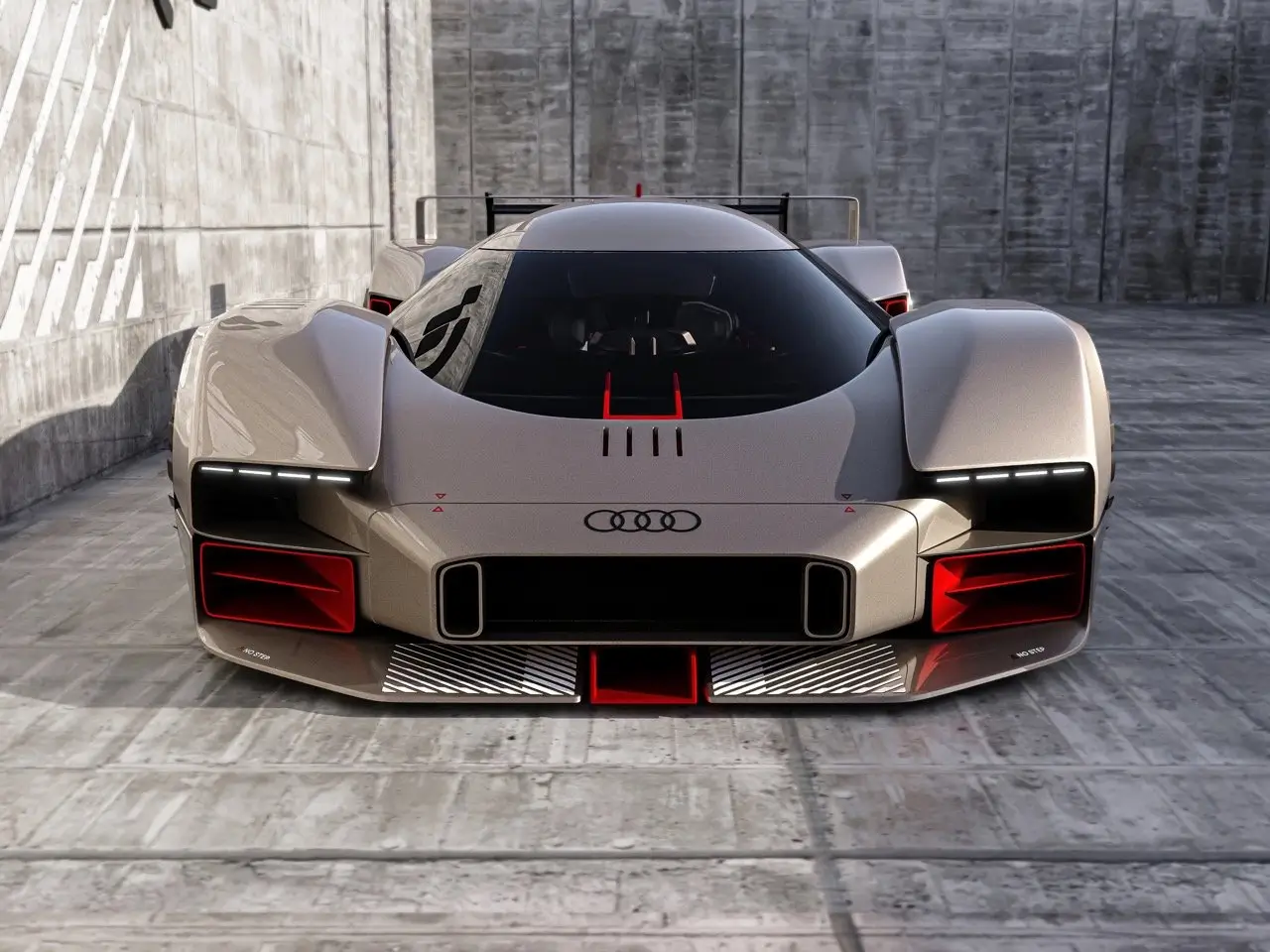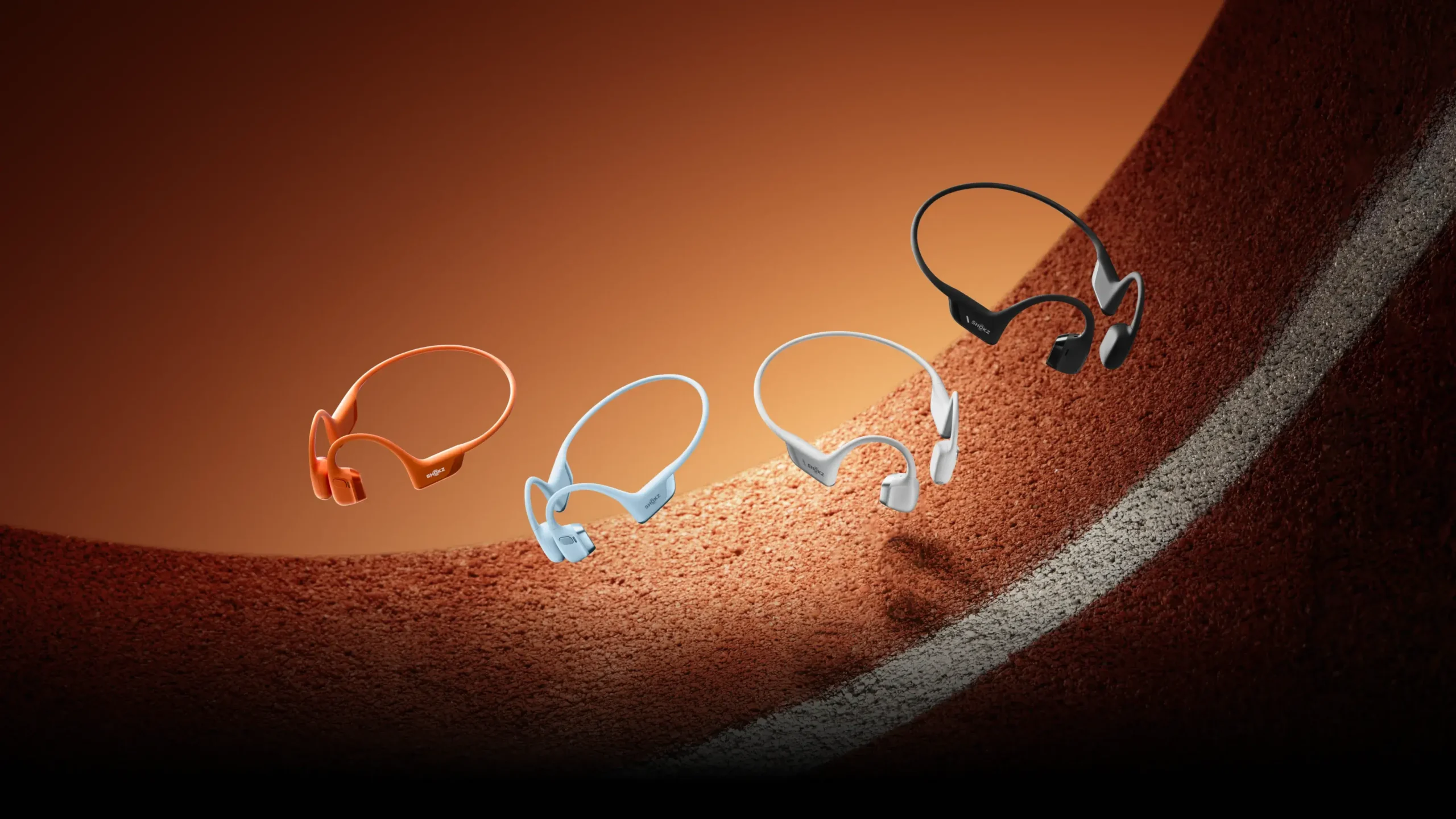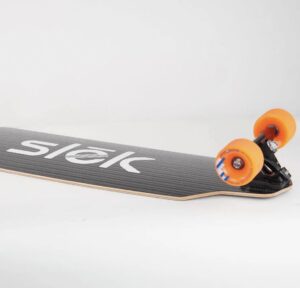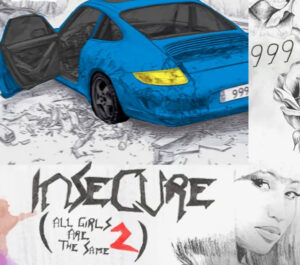The automotive world has always celebrated innovation — sleeker lines, stronger engines, better aerodynamics. But real revolution? That’s rare. It requires more than performance boosts or style tweaks. It demands a total rethink of how cars are designed, built, and even imagined.
Lukas Czinger is one of the few leading that kind of true revolution.
As the Founder, President, and CEO of Czinger Vehicles and Divergent Technologies, Czinger isn’t just building hypercars. He’s reshaping the fundamental process of automotive creation, merging cutting-edge engineering with technologies that could redefine not just cars, but manufacturing itself.
Czinger’s story is not about merely following the path set by others — it’s about paving an entirely new one.
The Engineer Who Refused to Accept Limits
Raised in a family of engineers, Lukas Czinger grew up surrounded by machines, innovation, and critical thinking. But early on, he saw a major flaw in the automotive world: despite advances in performance and design, manufacturing itself remained stuck in the 20th century.
Factory lines, giant tooling machines, wasteful processes — the system hadn’t fundamentally changed in a hundred years.
Rather than accept that stagnation, Czinger asked bigger questions:
- Could manufacturing itself be made smarter and faster?
- Could cars be lighter, stronger, and more sustainable without compromising performance?
- Could production be decentralized, digital, and environmentally responsible?
He didn’t wait for the industry to answer. He built the answer himself.
The Birth of the 21C: Speed Meets Innovation
The Czinger 21C is the physical embodiment of Czinger’s radical vision. At first glance, it looks like an ultra-futuristic hypercar — aggressive aerodynamics, sculpted bodywork, and an unmistakably forward-looking design.
But under the skin, it’s unlike anything else on the road.
The Performance
The 21C’s specs immediately placed it among the elite hypercars:
- 1,250+ horsepower, from a hybrid powertrain blending an ultra-lightweight, mid-mounted twin-turbo V8 with electric front-drive motors.
- 0-60 mph in 1.9 seconds, quicker than almost any production vehicle ever built.
- Top speed over 268 mph, achieved through a combination of raw power and an exceptionally low drag coefficient.
It’s fast enough to compete with legends like the Bugatti Chiron and Koenigsegg Jesko — but speed alone isn’t the story.
The Manufacturing Revolution
The real breakthrough lies in how the 21C is designed and produced:
- AI-Optimized Components: Every structural element is generated through algorithmic design, maximizing strength and minimizing weight.
- 3D-Printed Architecture: Major sections of the chassis are printed in metal, with designs impossible to create using traditional methods.
- Robotic Assembly: Specialized robotic systems bond and assemble printed parts, eliminating much of the labor and inefficiency of factory lines.
Every ounce of the 21C is there for a reason. There’s no extra metal, no redundant material. It’s automotive minimalism — not aesthetic, but mechanical.
Divergent Technologies: Changing How the World Builds
While the Czinger 21C turns heads in the automotive world, the technology behind it — built at Divergent Technologies — could transform manufacturing far beyond hypercars.
At the heart of Divergent’s model is DAPS: the Divergent Adaptive Production System.
What DAPS Does
- AI-Driven Design: DAPS starts with computational optimization, using machine learning to create parts that traditional human design simply cannot.
- Additive Manufacturing (3D Printing): DAPS prints these parts using next-gen metal printers, producing structures lighter and stronger than anything forged or cast.
- Modular Assembly: Rather than fixed production lines, DAPS uses modular, robotic cells to assemble vehicles (or other machines) in flexible configurations.
In short, DAPS turns manufacturing from a slow, capital-heavy endeavor into a fast, adaptive, scalable system.
Why It Matters
- Massive Sustainability Gains: Traditional auto manufacturing wastes enormous material. DAPS reduces material use by up to 90%.
- Lower Capital Costs: No massive, multi-billion-dollar factories are needed. A smaller, smarter footprint can deliver the same output.
- Incredible Speed: Prototyping and producing new designs can happen in weeks instead of years.
It’s a system built for a world that needs to move faster, consume less, and innovate more radically than ever before.
From Supercars to Everyday Vehicles
Although the Czinger 21C is an elite, limited-run hypercar (only 80 units will be built), Lukas Czinger’s ambitions go much further.
Divergent’s technology has attracted the attention of major automotive manufacturers. While names remain mostly under NDA, industry insiders report that Divergent is quietly partnering with global brands — including EV startups and traditional OEMs — to introduce its platform into mass-market vehicles.
Imagine:
- SUVs with race-car-level lightweight construction.
- EVs with bodies optimized for battery efficiency, not built from generic stamped parts.
- Fleets of customizable commercial vehicles produced locally without sprawling, inflexible factories.
This is where Czinger’s vision points: a world where performance, efficiency, sustainability, and personalization are not competing priorities, but integrated realities.
Beyond Cars: A New Industrial Paradigm
Czinger’s technology isn’t limited to automobiles.
- Aerospace applications: Companies are studying Divergent’s platform for lightweight aircraft components.
- Defense sectors: Rapid prototyping and field manufacturing could revolutionize logistics.
- Architecture and Infrastructure: Strong, modular, optimized structures could change how bridges, buildings, and even cities are built.
The underlying philosophy is simple but powerful: use exactly the right material in exactly the right place, nothing more.
By removing excess from design, production, and distribution, Czinger’s work offers a glimpse of a much cleaner, smarter industrial future.
The Future According to Lukas Czinger
Where does Lukas Czinger see this movement heading?
Full Electrification, Smarter
While the Czinger 21C currently uses a hybrid drivetrain, future models will fully embrace electrification — but not blindly. Czinger’s approach will optimize lightweight structures to maximize range and performance, solving key EV pain points around weight and inefficiency.
Hyper-Personalized Vehicles
With DAPS, customization can happen without expensive retooling. Cars could be designed to order for individual buyers — not just color and interior trim, but structural elements, aerodynamics, and more.
Imagine ordering a car as easily as configuring a smartphone.
Decentralized Manufacturing Networks
Rather than massive centralized plants, Czinger envisions a network of microfactories, each capable of producing cars locally, rapidly, and sustainably.
This would decentralize production, boost local economies, and reduce emissions linked to global supply chains.
The Industry Response: Respect and Caution
Automakers recognize the disruptive potential Czinger brings — but they also face a hard choice.
Adopting DAPS and similar technologies would mean:
- Rethinking decades-old factory models.
- Retooling supply chains.
- Reskilling workforces toward software and robotics.
It’s a heavy lift. But for those who embrace it early, it’s an opportunity to lead the next industrial wave — not get crushed by it.
Czinger isn’t offering tweaks. He’s offering a reset.
A True Revolutionary
In a world crowded with so-called innovators, Lukas Czinger stands apart.
- He isn’t just building a faster car.
- He isn’t just promoting another EV.
- He isn’t just 3D printing for the sake of headlines.
He’s fundamentally rethinking how we design, how we build, and how we move.
The Czinger 21C is the bright, beautiful tip of the iceberg. Beneath it is a deeper vision — a future where machines are smarter, manufacturing is cleaner, and possibilities are wider.
The future of automotive isn’t just faster or greener. Thanks to Lukas Czinger, it’s smarter at the molecular level.
And this time, the revolution isn’t coming from Detroit, Stuttgart, or Tokyo.
It’s coming from a visionary mind that sees not just what cars could be — but what creation itself could become.
No comments yet.

